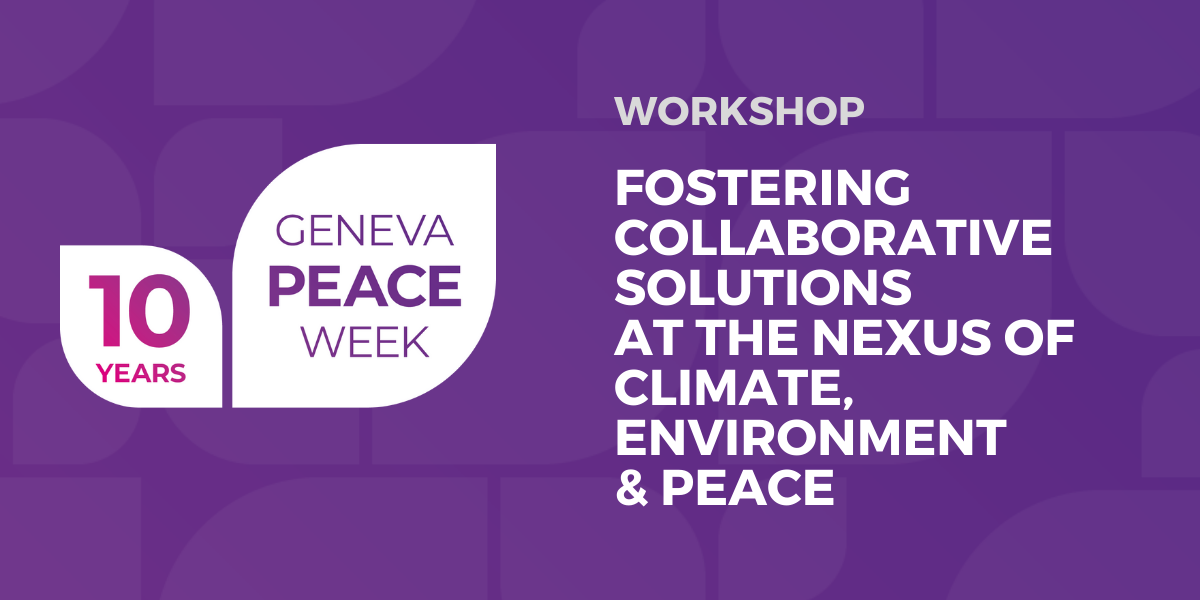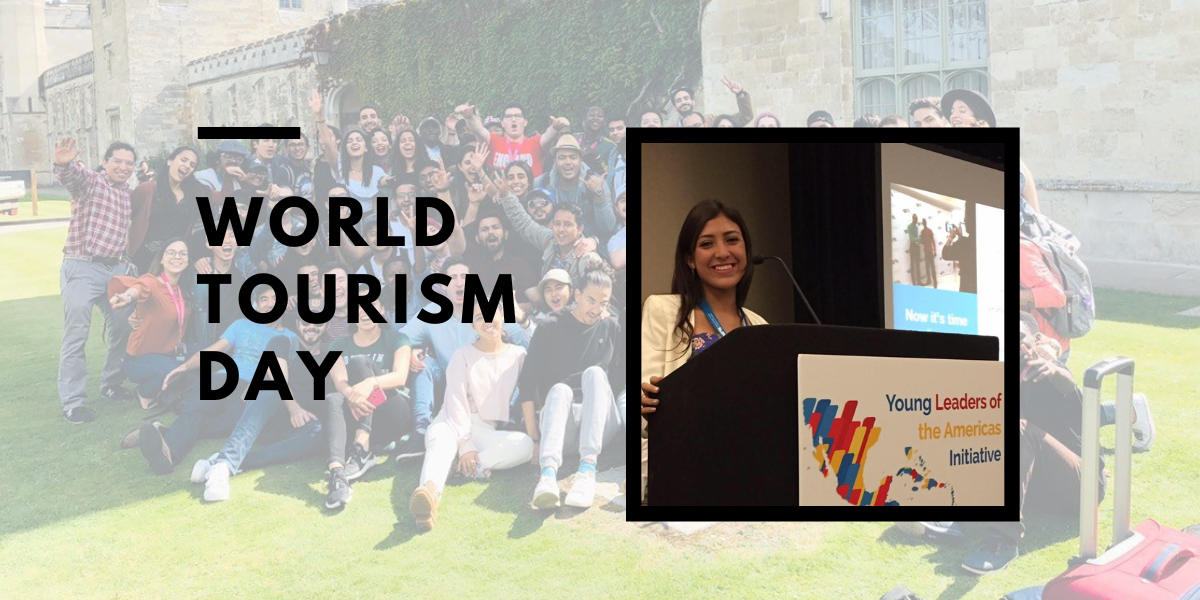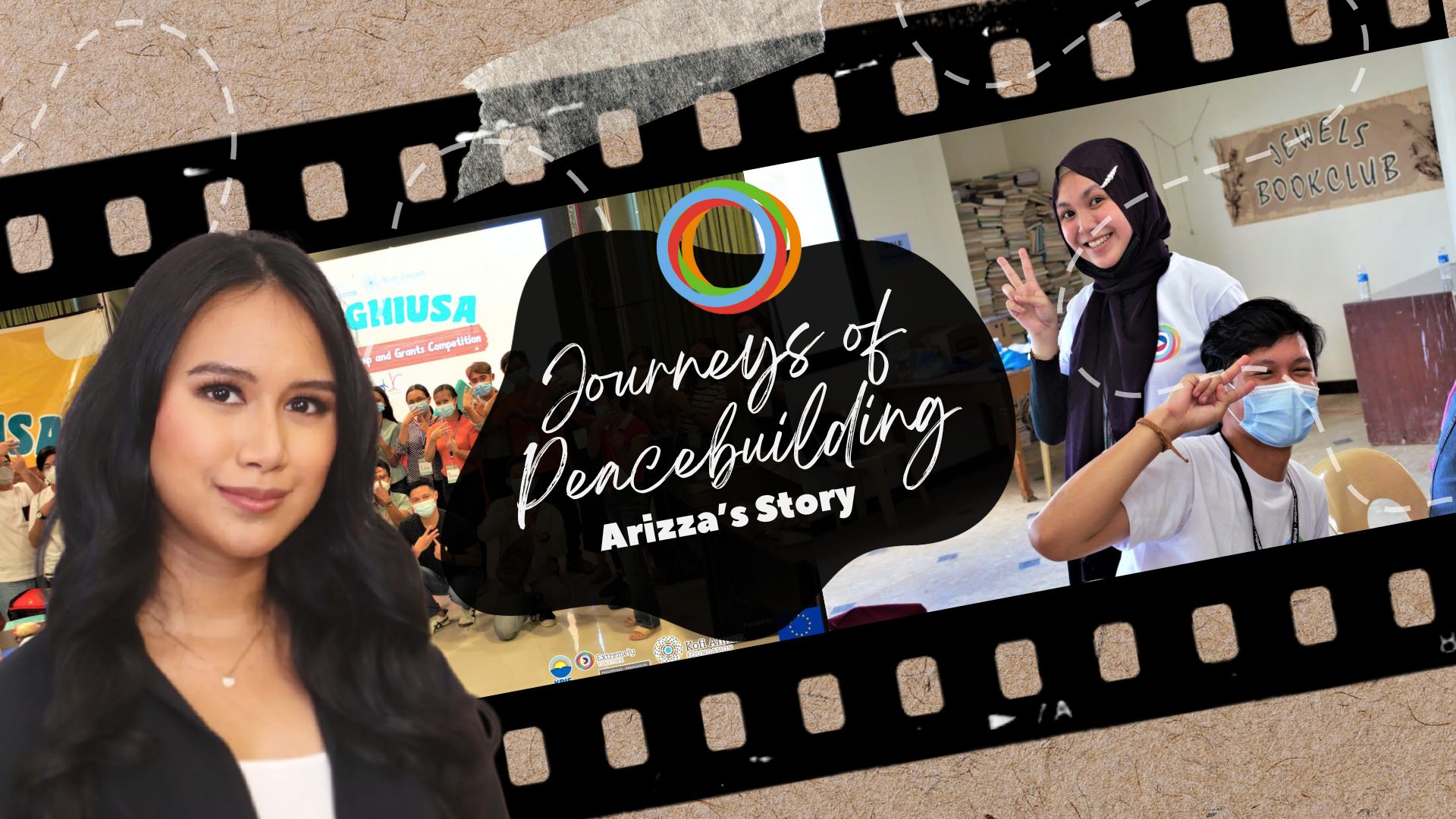Breaking Barriers for Better Collaboration: Recommendations for Peace, Environmental and Development Actors
Environmental crises and security crises are creating a new era of risk. Addressing these crises simultaneously is necessary to ensure that solutions to one crisis do not harm the other. This calls for increased and improved cooperation among stakeholders working in peace, environment, climate and development.
As part of the 10th anniversary edition of Geneva Peace Week, the Kofi Annan Foundation joined forces with The World Bank, Conservation International, the International Union for Conservation of Nature (IUCN), and Stockholm International Peace Research Institute (SIPRI) to host a workshop “Fostering Collaborative Solutions at the Nexus of Climate, Environment, and Peace”.
Following a substantive introduction and panel discussion on the current risks and challenges of the multiple overlapping crises threatening the environment, climate and peace, participants, including practitioners, researchers, policymakers, students and donors, were encouraged to reflect on the various challenges and respond to the barriers that hinder collaboration across stakeholders and sectors at the intersection of environment, climate, peace, and development.
Participants during the workshop “Fostering Collaborative Solutions at the Nexus of Climate, Environment, and Peace,” held as part of Geneva Peace Week in November 2023.
Some of the main points and recommendations which emerged include:
The need for long-term solutions
Long-term vision and foresight are needed from the institutions. Organizations that traditionally do not work on preventing conflict are working more and more in fragile settings. For the World Bank, 80 percent of the countries on its annual list of Fragile and Conflict-Affected Situations were on the list a decade ago, and more than 70 percent of the countries listed are expected to be the most impacted by climate change. Peacemakers, humanitarian and development actors and conservationists work in fragile and conflict areas that are also among the most climate-vulnerable. The connections among climate change, natural resources and persisting fragility call for sustainable, long-term solutions, which require innovative and collaborative approaches.
Understanding different sector “languages” is a must
To work together effectively, understanding the nuances and interpretations of terminology across sectors and within our communities is critical. Peacebuilders may need to ask what a “landscape” or “seascape” is or what “nature-based solutions” are, whereas environment and climate actors should understand where concepts like “conflict transformation” and “peacebuilding” may apply. There is a need to create a common language for practitioners and people working on interlinked security and environmental crises, ensuring they can talk to each other regardless of whether their approaches reflect development, peacebuilding, conservation or climate priorities. This also highlights the need for “bridgebuilders” within institutions like the IUCN or Conservation International, who push collaboration forward by connecting issues emerging from diverse actors and translating them to different teams for a shared common understanding.
Overcoming silos and bringing in new expertise
Integrating environment and climate into the work of the peace sector comprehensively can significantly change how peacebuilding outcomes look. Bringing in skills and knowledge from other sectors is fundamental. For example, in the context of a peace process in Nigeria, the Centre for Humanitarian Dialogue included a natural resources expert in their facilitation team. The negotiations led to an agreement with a section on conservation and environmental practices and references on community adaptation to climate change and climate-smart agriculture. Building capacities and new knowledge requires change at many levels, from international policy to local operations. Change must be incentivized and happen more systematically at the institutional level, processes that the PeaceNexus Foundation has been supporting.
Coordinated action for meaningful impact
Despite organizations working on overcoming sectoral disconnections, funding for environmental, climate, peace and development initiatives remains siloed. Funding is provided differently depending on the targeted sector or priority impact area – within institutions and across funding actors. This calls for a change in practices and mindsets: moving from short-term thinking to coordinated long-term action that more effectively addresses the root causes of fragility, conflict, and climate change impacts on communities. To achieve this, it is critical to have an open dialogue with donors, proactively approaching them together and proposing working in alliances that serve multiple outcomes for increased impact across sectors. In parallel, donors have a role to play in identifying complementary efforts and actors among those they are supporting. Both panellists and participants recognized that donors are also going through this change process, and our role should be to accompany them while advocating for more coordinated action.
Are you interested in learning more about the nexus of climate, environment and peace? Check out our curated list of resources here.
About the workshop
Over 40 peace, environment and development practitioners, researchers and representatives from international organizations came together on 2 November 2023 in Geneva, Switzerland, to discuss how better collaboration across sectors and stakeholders could help plan, implement, and impact interventions to address environmental and security crises.
The in-person workshop was part of Geneva Peace Week 2023 – the 10th Anniversary edition. It was organized by the Kofi Annan Foundation, The World Bank, Conservation International, the International Union for Conservation of Nature (IUCN), and the Stockholm International Peace Research Institute (SIPRI).
The workshop was co-organized and moderated by Sofia Anton Martins (Youth & Peace Programme Manager, Kofi Annan Foundation). The workshop featured expert inputs from Phoebe Spencer (Environmental Economist, World Bank), Sebastian Kratzer (Environment, Climate, Peacemaking Lead, Centre for Humanitarian Dialogue), Verónica Ruiz (Programme Manager for Climate and Disaster Resilience, IUCN) and Héloise Heyer (Conflict Sensitivity Lead, PeaceNexus Foundation) who provided critical insights on progress and gaps in cross-sectoral collaboration.
Anniek Barnhoorn (Research Analyst, SIPRI) provided reflections and recommendations about the current environment and security landscape, and Paloma Noriega (Associate Programme Officer, UN Climate) emphasized how only an inclusive approach, especially the meaningful participation of youth, is imperative to address them sustainably.
The event was co-organized and facilitated by Shaadee Ahmadnia (Environment and Fragility Consultant, World Bank) and Nora Moraga-Lewy (Manager, Conflict Resolution and Peace, Conservation International).
Note: The reflections in this article are drawn from the discussions held during the workshop and remarks made by panellists or participants. The views expressed in this piece do not necessarily reflect the views of the Kofi Annan Foundation or individual participants.
From left to right: Sebastian Kratzer, Centre for Humanitarian Dialogue; Héloïse Heyer, PeaceNexus Foundation; Phoebe Spencer, World Bank; Verónica Ruiz, International Union for Conservation of Nature; Anniek Barnhoorn, SIPRI; Paloma Noriega, UN Climate; Sofia Anton Martins, Kofi Annan Foundation; Nora Moraga-Lewy, Conservation International, and Shaadee Ahmadnia, World Bank.



